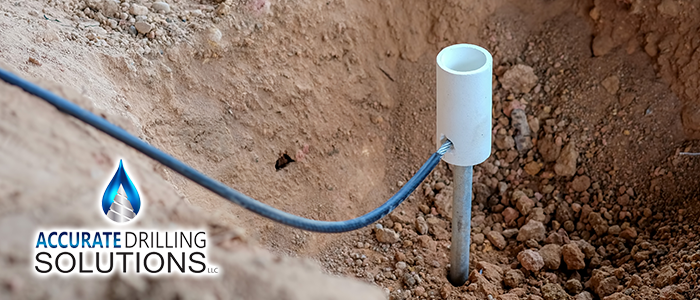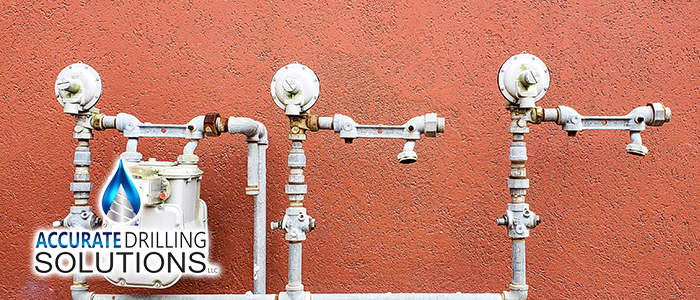
You see the phrase all over. There might be fliers in your mailbox advertising subscription to an artesian water source. That bottle of water that’s a little more expensive proudly declares itself to be artesian. What is that supposed to mean, though? Many people assume this is just a descriptive word – Some fancy way of calling the water especially fancy. They might notice the word’s similarity to “artisan” and think it’s some hoity-toity spelling of the word. In reality, artesian water comes from a particular kind of well called an artesian well.
What Is An Artesian Well?
The water in artesian bottled water isn’t that different from water collected in springs. However, it comes from a far different source and reaches the surface through other means. Deep below the surface, in structures called aquifers, groundwater collects between porous rocks and sands. Water that pools between layers of thicker and non-porous rock experiences extreme pressure. Wells that tap into such sections of the water table are artesian wells because the water in the aquifer is under artesian pressure.
Though artesian may remind people of the word artisan, it is actually completely unrelated. These wells get their name from a French city, called Artois, which used to be Roman and called Artesium. This city was home to the best wells in the middle ages, and like in the town of Artesium, wells drilled into particularly tightly packed aquifers rise far above the surface.
Sometimes, wells that are simply dug very deep into the water table and then dug a bit deeper are incorrectly called artesian wells. No matter how deep a well is unless it’s placed under artesian pressure from layers of impermeable rock above the aquifer.
A Further Explanation
Typically, aquifer systems can have both a confined or artesian aquifer and an unconfined aquifer. The upper layer of an aquifer tends to be unconfined and serves as a recharge area for the confined aquifer. The peak altitude of the aquifer is the water table and is the upper limit of the water in the aquifers. Experts drill wells into the water table, where pumps and other methods bring the water to the surface.
Below these aquifers, layers of solid rock can trap an aquifer between another layer of solid rock. The weight of the rock presses down on this aquifer and subjects it to the artesian pressure we mentioned. For water to reach these aquifers, it must travel from the surface and sink horizontally over the layers of solid rock. Wells drilled into aquifers under artesian pressure are labeled artesian. Depending on the altitude of the ground where the well is, the well may have sufficient pressure to flow without a pump. Artesian wells that are above what is known as the piezometric level require a pump to obtain the water, but wells that are below it can become flowing artesian wells where water is ejected from the well with nothing but the pressure of the rocks applying artesian pressure.
Because of the difficulty in finding and tapping artesian water sources, the price is higher than other types of water. If you’d like to find out if your property could become home to an artesian well, give us a call. We’ll survey the land and tell you anything more you need to know about obtaining your own artesian water source.
continue reading
Related Posts
Pinellas Park Business Owner’s Guide to Pump Systems For business
Lake Wales: Residential Well Installation Explained For many homeowners in
Port Richey Guide to Commercial Water Systems Businesses in Port






